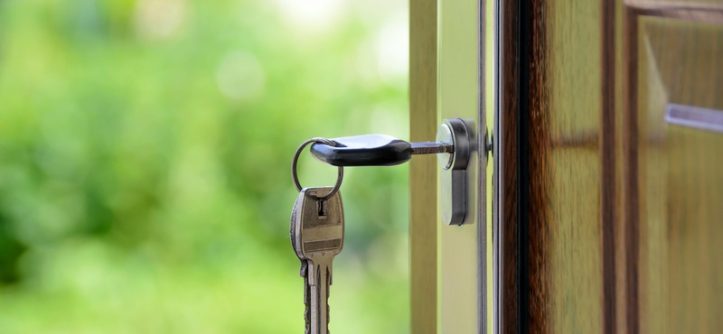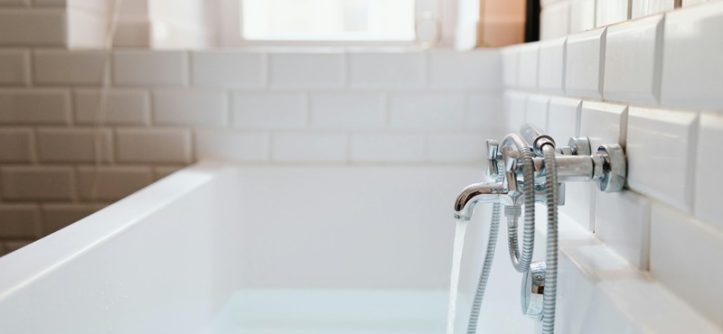When furnishing their spaces, many people are drawn to the charm and durability of Amish furniture. This type of furniture isn’t just a choice for those who appreciate handmade artistry; it’s a commitment to quality and sustainability. In this exploration, we delve into what sets Amish furniture apart from conventional pieces, detailing the benefits of incorporating this timeless craftsmanship into your home or office.
Unmatched Craftsmanship
Amish furniture is synonymous with meticulous craftsmanship. The Amish take great pride in their work, often using techniques passed down through generations to create pieces that are both beautiful and built to last. From the selection of wood to the final polish, every step in the creation of Amish furniture is done with precision and attention to detail. Unlike mass-produced furniture, each piece is unique, reflecting the individuality of the artisan’s hand.
-
Hand-selected materials ensure high-quality wood that resists wear and tear.
-
Traditional construction methods, like mortise and tenon joints, add strength and durability.
-
The finishing process includes multiple steps, resulting in a beautiful and protective surface.
Timeless Designs
The designs of Amish furniture are timeless, making them a perfect fit for nearly any decor. Whether you prefer classic, traditional looks or more contemporary styles, there’s an Amish piece that can seamlessly integrate into your space. This versatility is due to the Amish’s ability to combine functionality with beauty, creating furniture that doesn’t just serve a purpose but also adds aesthetic value.
Dedication to Sustainability
Amish furniture is not just a statement of style; it’s a commitment to eco-friendliness. The Amish community lives by principles of sustainability, often sourcing their materials locally and using eco-friendly techniques. This dedication extends to the furniture they make, resulting in pieces that are environmentally conscious without compromising on quality or durability.
-
Wood sourced from responsibly managed forests supports a healthier environment.
-
Low-waste production techniques minimize the ecological footprint.
-
Long-lasting furniture reduces the need for frequent replacements, limiting waste.
Customization Options
One of the significant benefits of Amish furniture is the ability to customize pieces to your liking. You have the power to choose everything from wood type to stain color, hardware, and design modifications, making your furniture personally tailored to your needs and preferences. This level of customization is hard to find in conventional furniture, which is often limited to standard options.
The Value of Longevity
Investing in Amish furniture means you’re investing in longevity. The robust construction and quality materials ensure that these pieces can last for decades, often becoming family heirlooms. While conventional furniture may start to show age and wear after a few years, Amish-made pieces maintain their integrity and beauty over time.
Visiting locations like The Amish Barn can give you a firsthand glimpse into the enduring nature of Amish furniture. It stands as a testament to the longevity and resilience of hand-crafted pieces that are designed to stand the test of time.
Resistance to Trends and Fads
Amish furniture stays true to its roots, avoiding the pitfalls of fleeting trends and fads. The focus on craftsmanship and timeless designs means your furniture won’t fall out of style, allowing you to enjoy the aesthetics for years to come. This resistance to the temporary ensures that your purchase is not just a short-term addition but a lasting part of your home.
Support for Local Artisans
Choosing Amish-made furniture supports local artisans and their communities. These craftsmen rely on their skills to sustain their families and the local economy. By purchasing their furniture, you contribute to the continuance of their craft and way of life. It is a way to value human effort and connect with the community responsible for creating your home’s comforts.
In outdoor furniture Suffolk County, the craftsmanship of Amish furniture meets the demands of outdoor resilience. It exemplifies how Amish furniture can be adapted to various settings while maintaining its core advantages.
Health-Friendly Practices
Amish furniture often avoids the use of harmful chemicals and toxins found in the manufacturing process of conventional furniture. This focus on natural and health-friendly practices is especially beneficial for those who are sensitive to chemicals or who prioritize a non-toxic living environment.
-
Use of natural finishes and stains lessens exposure to VOCs (Volatile Organic Compounds).
-
Amish furniture is less likely to contribute to indoor air pollution, creating a healthier home.
-
The absence of particle boards and other synthetic materials means fewer chemicals in your living space.
For those considering outdoor furniture Nassau County, choosing Amish pieces can be pivotal in ensuring a non-toxic, healthy environment for family gatherings and enjoyment
Emphasis on Experience and Tradition
The art of Amish furniture making is steeped in tradition and experience. These artisans have honed their skills over a lifetime, often learning from parents and grandparents. This depth of experience is evident in every piece of furniture, ensuring quality that is difficult to replicate in conventional, factory-made furniture.
To End
Amish furniture is more than just a functional element in a home—it represents tradition, quality craftsmanship, and sustainable living. Each piece holds a story of meticulous creation that starts from hand-selecting the wood to crafting and finishing, resulting in a unique, durable, and beautiful addition to any space.
As you consider the advantages of Amish furniture over conventional options, think of it not just as purchasing a piece of furniture but as making an investment in artistry and values that endure.






